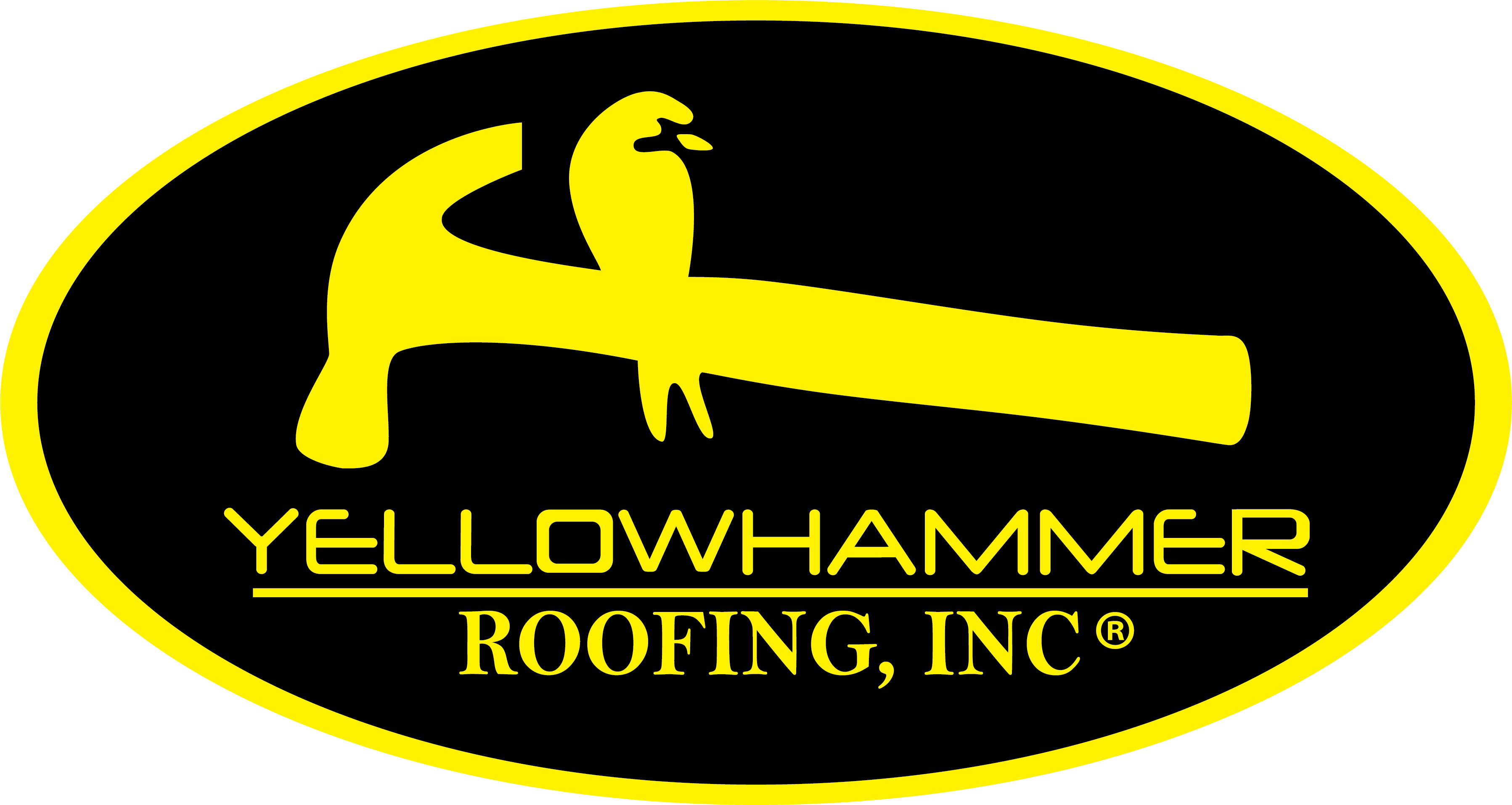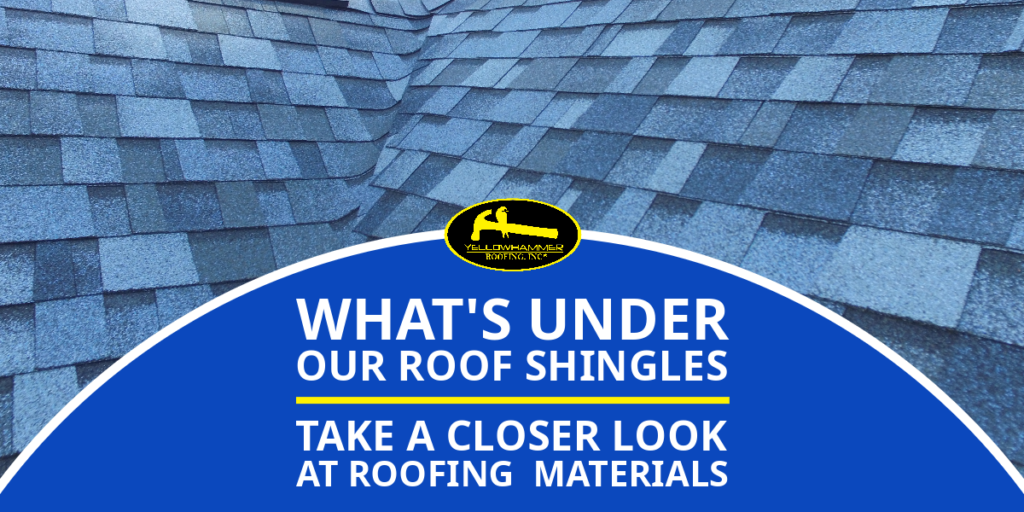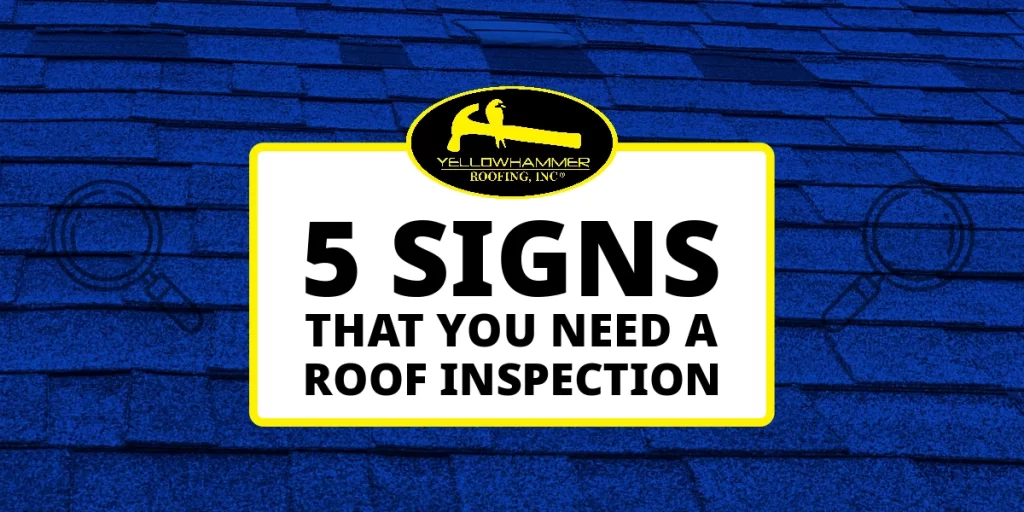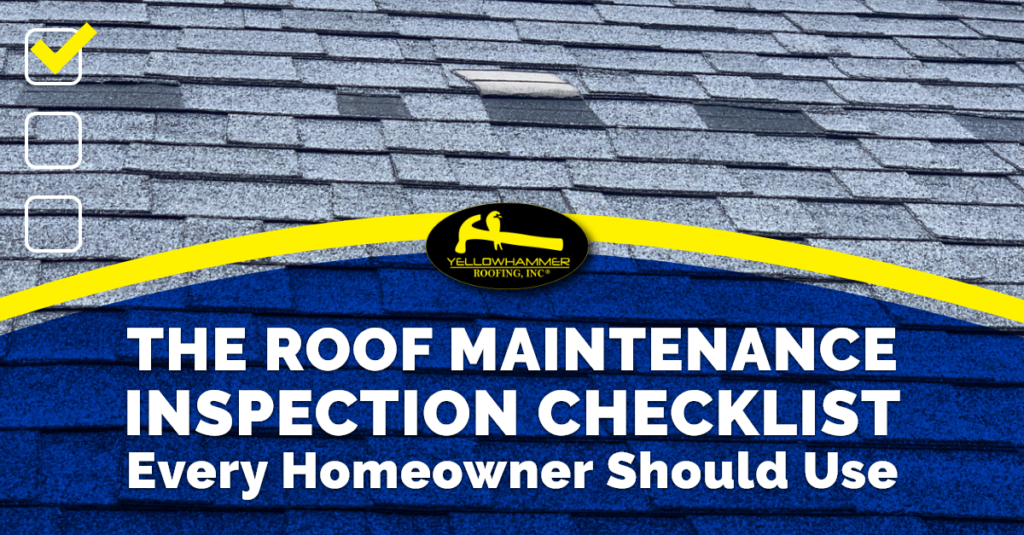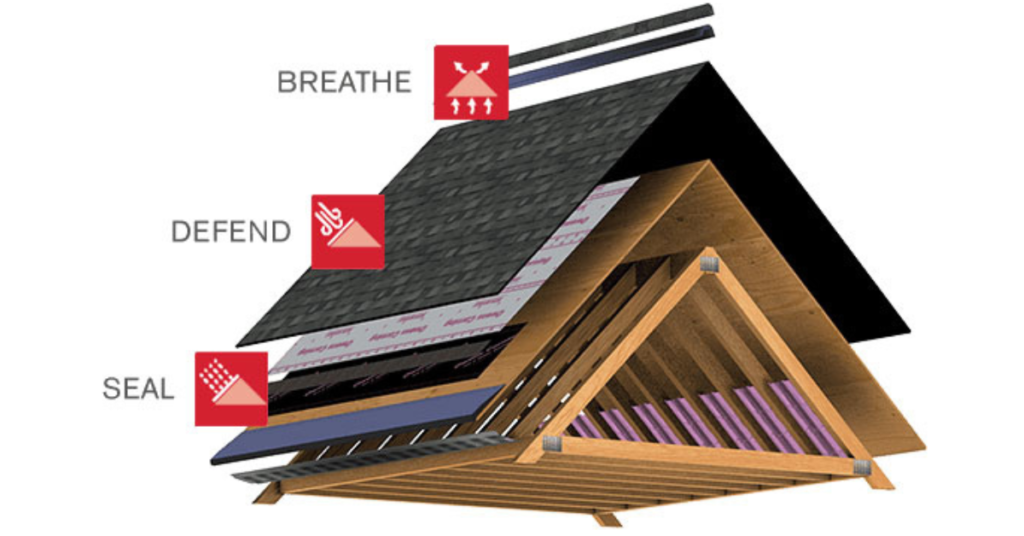In most cases, people think a roof is a straightforward part of any home – like wooden trusses covered with shingles. In reality, roofing systems comprise several materials and a lot of engineering to provide that first line of defense against the weather, the elements, and manmade situations like fire.
As part of our “What’s Under Your Roof Shingles” series, we will look at the roofing materials that protect your home from moisture intrusion and premature roof failure. These materials include the roof covering, roof ventilation, and drip edge.
Roof Vents
Vents form the base of your attic ventilation system. The ventilation system comprises intake and exhaust vents, which allow air to flow in and out of the attic space.
Properly installed roof vents help protect your roof system from damage caused by excessive heat and moisture. They also help reduce indoor temperature and energy costs for the homeowner.
The most common roof vents used on residential properties rely on air flowing naturally through the attic. They use a wind effect and stack effect.
The stack effect is when warm, moist air from the living space rises into the attic, increasing pressure with the high points of the roof. This hot air should escape through the exhaust vents to prevent overheating and condensation in the attic. However, the hot air can only escape when cooler air flows into the attic through intake vents.
When wind hits the roof, it boosts the intake and exhaust process, known as the wind effect. This process encourages the natural circulation of air.
Building codes typically require 1 sq. ft. of a ventilated roof area for every 300 sq. ft. of attic floor. The amount doubles to 1 per 150 sq. ft. if the attic has no vapor barrier. Also, there has to be a balance between intake and exhaust vents.
Roof Covering
When you hear the word “roof,” what’s the first image that comes to mind? That image is pretty much the roof covering, whether color-wise, material-wise, or whatnot.
The roof covering is the most visual part of the roofing system and takes on most waterproofing and protection responsibility. It acts as your home’s first line of defense against the elements, including rain, snow, hail, wind, and UV rays.
What’s Under Your Roof Shingles – Take a Closer Look at Roofing Materials
The roof covering also performs another purpose of enhancing the beauty of the house. When designing your roof, you can get the material in different colors to match your home’s siding color, trim, and landscaping. You can also install the roof covering in patterns that boost your home’s aesthetics.
Choosing the right roof covering is one of the most important aspects of a roof replacement project.
The most prevalent type of roof covering in the US is asphalt shingles. They are manufactured by compressing fiberglass, tar, and granule layers to create a strong, waterproof barrier that can withstand snow, rain, and sun. Three-tab shingles were more common in the past, but dimensional shingles have become the norm.
The roofing shingles are nailed to the roof and each other. Overlapping helps prevent the shingles from lifting up when exposed to strong winds. Asphalt shingles also have heat-activated adhesives, which provide extra protection against uplift by winds.
Drip Edge
A drip edge is a type of metal flashing, usually shaped like an “L,” installed at the roof’s edge. Also known as D-metal or drip edge flashing, they are made of various metals as long as they are galvanized or corrosion-resistant. These include aluminum, copper, or galvanized steel.
Drip edges serve two important roles:
Keeping water away from your fascia: Due to surface tension and cohesion, water droplets typically stick to the surfaces they are on. A drip edge uses these forces and gravity to direct water into the gutter. Water sticks to the shingles without this metal flashing, finding time to work under them, which may cause leaks and rot.
Protecting from wind-driven rain: Strong winds push water around on a roof. Shingles, ice, water shield, and underlayment keep wind-driven rain from reaching the roof decking and compromising the wooden structures. However, to achieve this, the drip edge must hang significantly off the roof edge.
If your roof is installed without a drip edge, water may end up beneath the shingles, causing serious damage to the wooden structures of your home.
While a drip edge may not have been initially installed on your roof, most building codes across the US now require homes to have drip edges to protect them from water damage. According to code R905.2.8.5 of the 2018 IRC, a drip edge must extend a minimum of 1/4″ below the roof decking. The adjacent pieces of drip edge must be overlapped at 2″. Also, you should have underlayment over the drip edge along the roof eaves.
Please contact Yellowhammer Roofing in Birmingham, Alabama, for expert advice on the best roofing materials for your home. Our team will be happy to assist and help you with quality roof repair or replacement.

